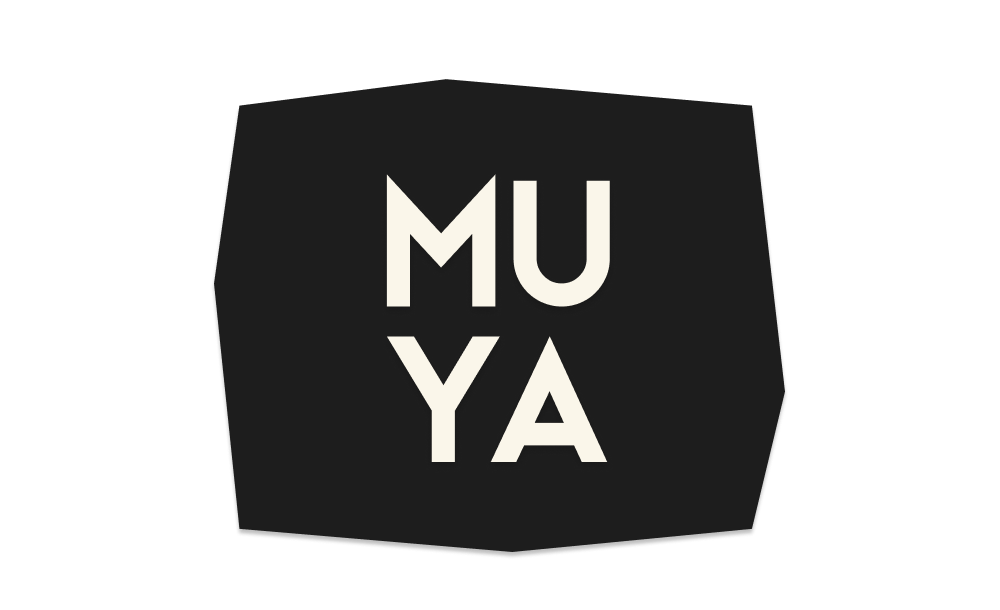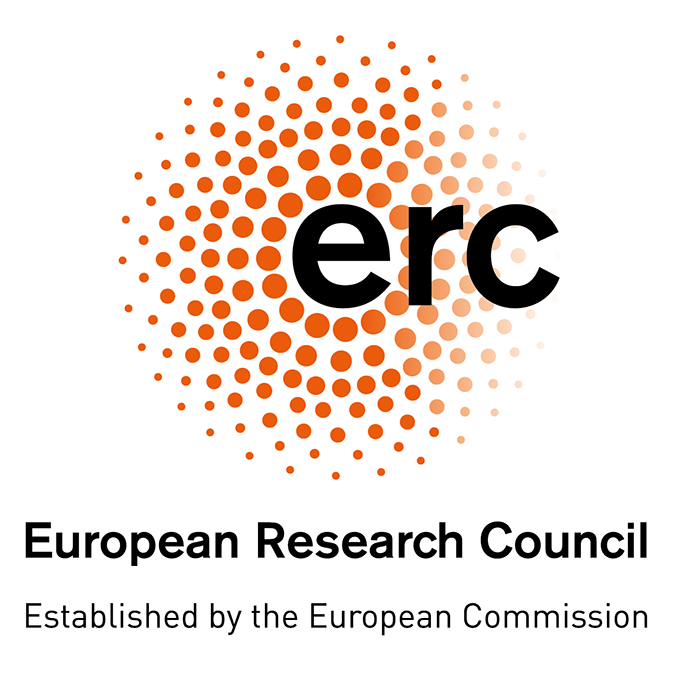
Transcription Editor and Collation Tool
OTE, the Online / Offline Transcription Editor
The Online Transcription Editor (OTE) has been developed by Martin Sievers, with an offline Electron version provided by Catherine Smith. The OTE automatically encodes the text in Extensible Markup Language (XML) according to the fifth version of the Guidelines of the Text Encoding Initiative (TEI P5). By relieving the transcriber from manually encoding TEI tags directly, it ensures TEI compliance and consistent data capture.
To download the software, click here for Mac, and here for Windows. Below is available the OTE guidelines which can be downloaded.
Yu Gan and Martin Sievers (“Trier Center for Digital Humanities”: https://www.tcdh.uni-trier.de) developed the web-based graphical online transcription tool (OTE) available under https://sourceforge.net/projects/wfce-ote/ for the AHRC-funded Workspace for Collaborative Editing (WCE) project with the Institute for Textual Scholarship and Electronic Editing (ITSEE) at the University of Birmingham. Martin Sievers adapted it to Avestan manuscripts as part of the MUYA project (https://github.com/Multimedia-Avesta/muya-ote). Thanks go to Vera Hildenbrandt and Thomas Burch of TCDH for their oversight of this work.
The Collation Tool
The collation tool used for the MUYA project is based on the collation editor software which provides a graphical user interface (GUI) wrapper around CollateX, a program for alignment. There are two further layers on top of CollateX, which have been developed by Catherine Smith. The first layer provides the GUI and adds the additional stages of Set Variants and Order readings. The collation editor, which is already used by several projects has been configured and in some cases extended to meet the MUYA requirements. The second layer, the Django wrapper, is specific to MUYA. This layer provides the upload of transcriptions which includes separating them into their collation units, preparing each unit into the format required for the collation editor, dealing with the unit mapping that MUYA requires and all of the output functionality specific to MUYA.

The Collation tool was developed by Catherine Smith (Institute for Textual Scholarship and Electronic Editing – ITSEE, University of Birmingham https://birmingham.ac.uk/itsee/) also as part of the workspace project and adapted to the requirements of MUYA. The MUYA project has also benefited from the support and expert advice of the directors of ITSEE, David Parker in 2016–2020 and his successor Hugh Houghton (2020–2022).
Cambridge Digital Humanities (CDH) host the MUYA editing tools, and support SOAS users of the transcription editor and the collation tool with technical advice concerning the use of the tools.

